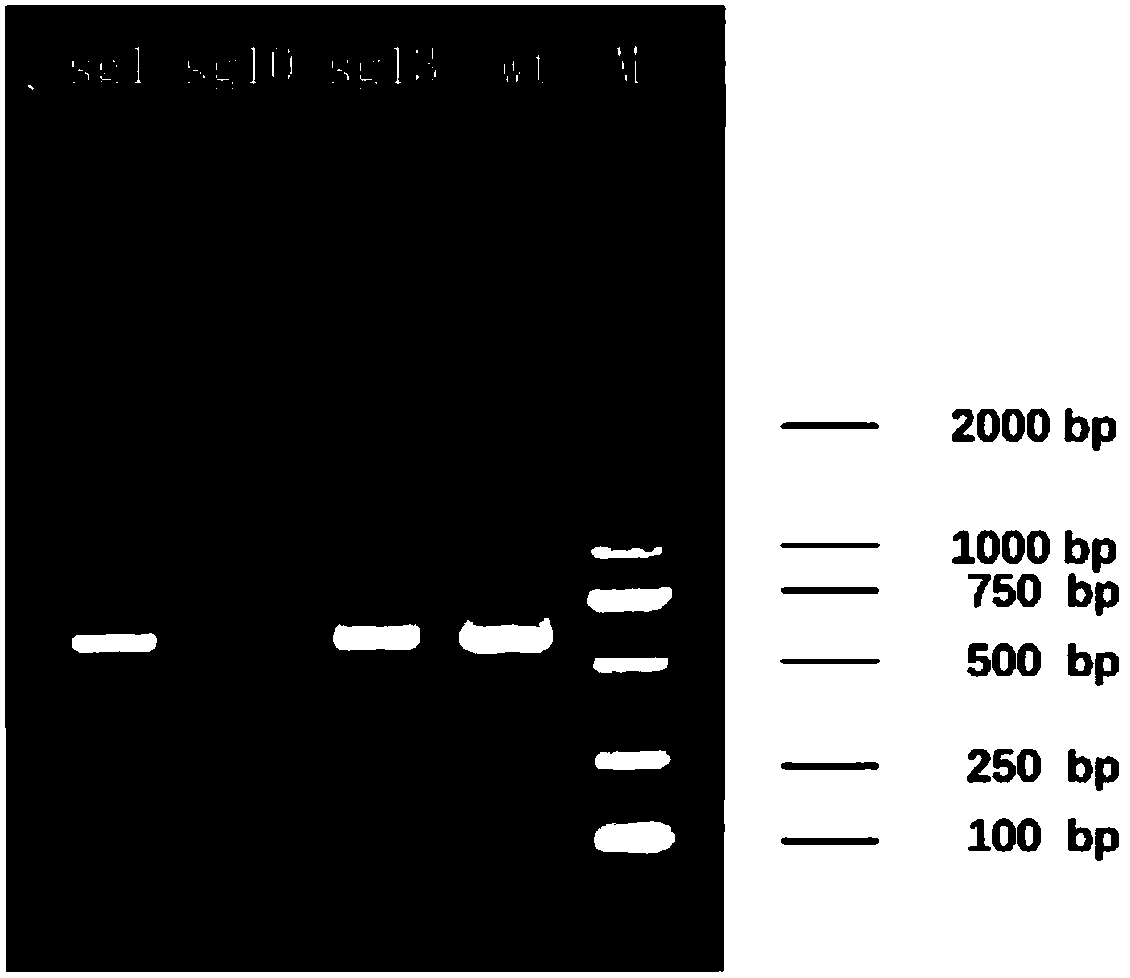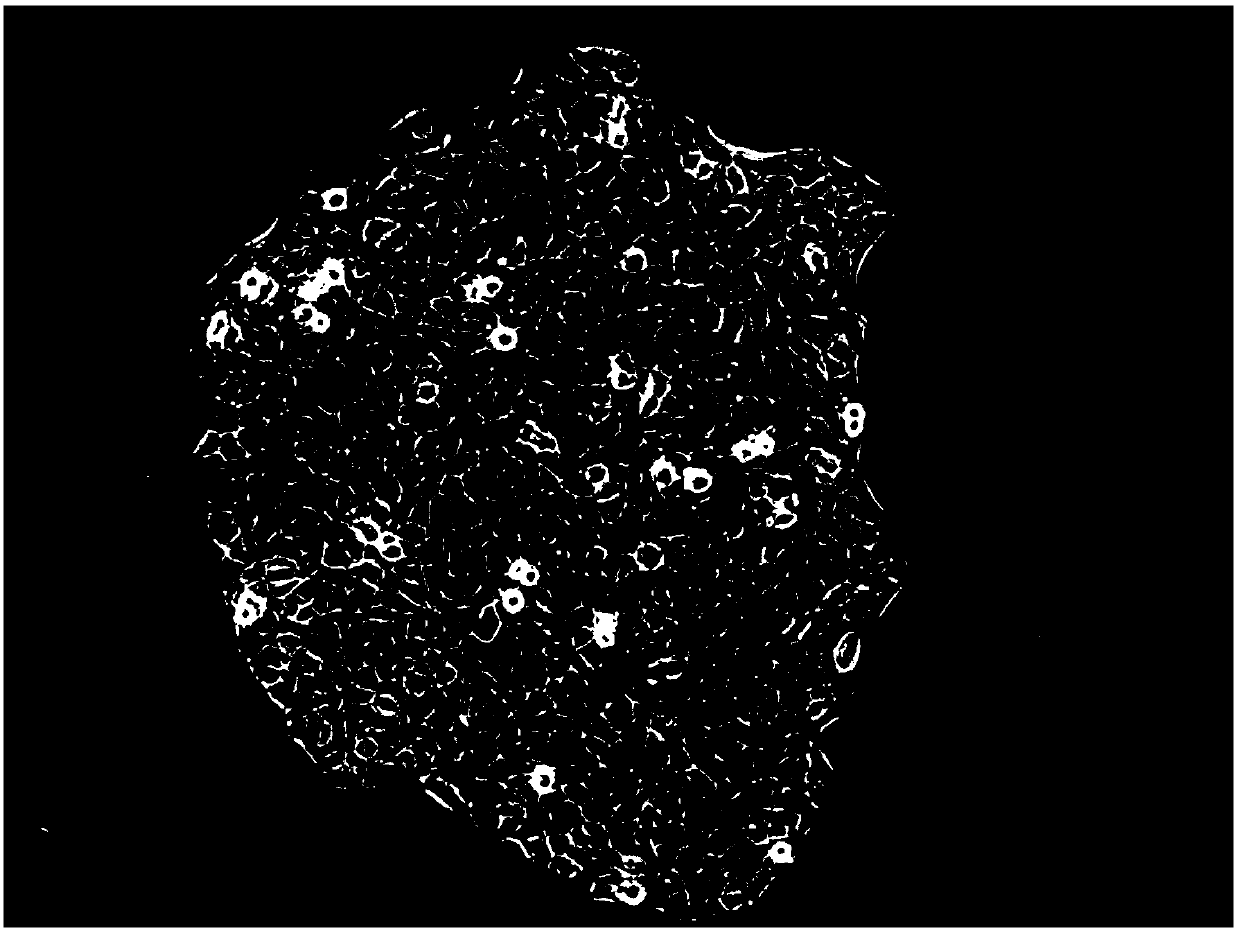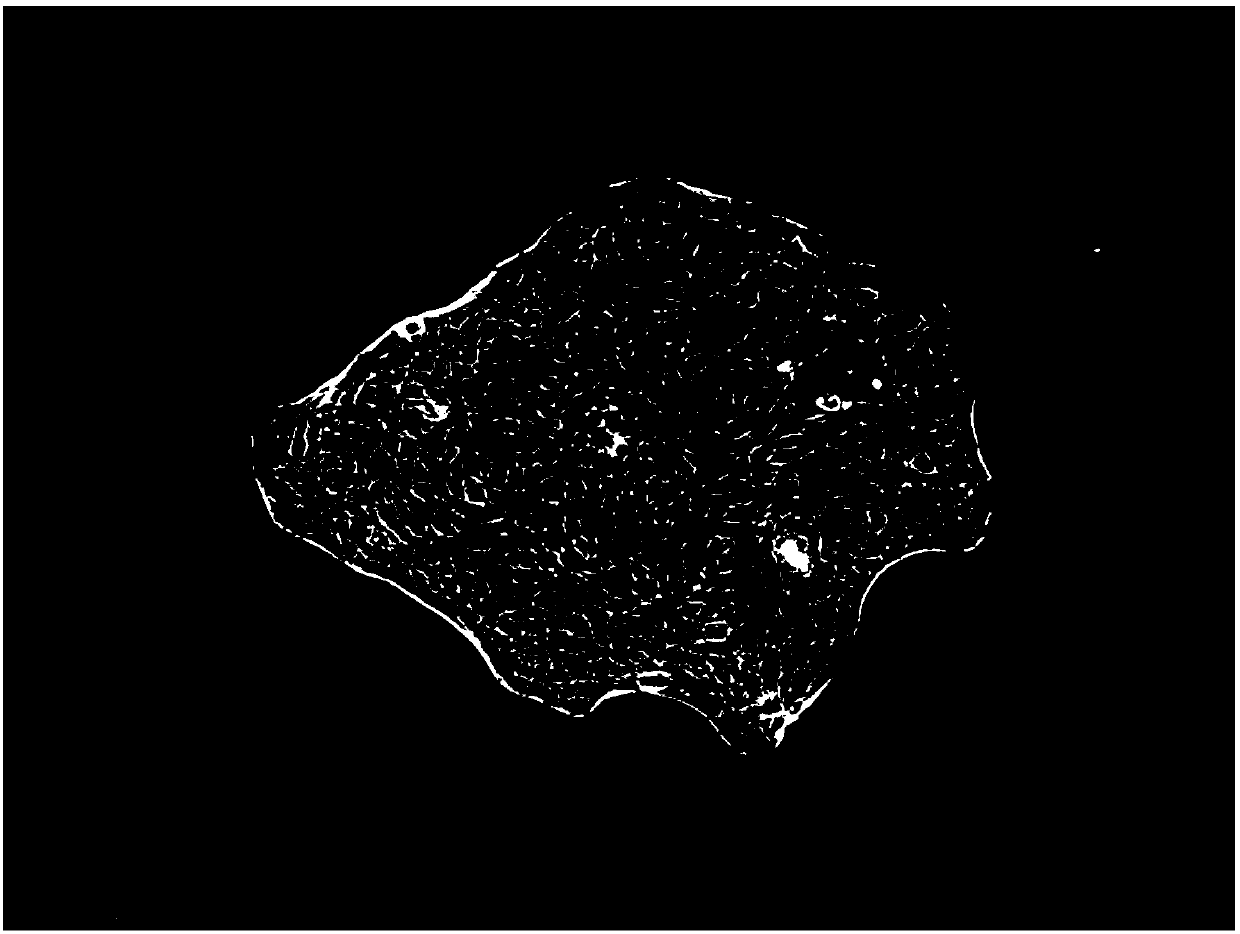In-vitro evaluation cell model of skin sensitization of compound and construction method of cell model
A technology of cell model and construction method, applied in the field of genetic engineering, can solve problems such as difficult quantitative evaluation of sensitization strength
- Summary
- Abstract
- Description
- Claims
- Application Information
AI Technical Summary
Problems solved by technology
Method used
Image
Examples
Embodiment 1
[0045] In the embodiment of the present invention, the CRISPR / CAS9-mediated method for constructing a HaCaT cell model in which the HMOX1 gene is targeted to knock in the luciferase gene is used for non-diagnostic or therapeutic purposes, including the following steps:
[0046] 1. Design a target-specific sgRNA for the HMOX1 gene, construct its expression vector, and test the effectiveness of target cleavage.
[0047] For the vicinity of the gene stop codon of HMOX1 (NCBI accession number: NG_023030HMOX1), a specific sgRNA was designed, and off-target analysis was performed to screen three sgRNAs with good specificity and low off-target. The design results are shown in Table 1.
[0048]Table 1 Specific sgRNA sequences
[0049] name
sgRNA sequence (5'-3')
genomic location
sgRNA-1
TTAACAGGTGGGCGTGCATCAGG
Exon 5
sgRNA-10
GGTCCTTACACTCAGCTTTCTGG
Exon 5
sgRNA-13
GCTTTATGCCATGTGAATGCAGG
Exon 5
[0050] The U6 promot...
PUM
 Login to View More
Login to View More Abstract
Description
Claims
Application Information
 Login to View More
Login to View More - R&D
- Intellectual Property
- Life Sciences
- Materials
- Tech Scout
- Unparalleled Data Quality
- Higher Quality Content
- 60% Fewer Hallucinations
Browse by: Latest US Patents, China's latest patents, Technical Efficacy Thesaurus, Application Domain, Technology Topic, Popular Technical Reports.
© 2025 PatSnap. All rights reserved.Legal|Privacy policy|Modern Slavery Act Transparency Statement|Sitemap|About US| Contact US: help@patsnap.com



